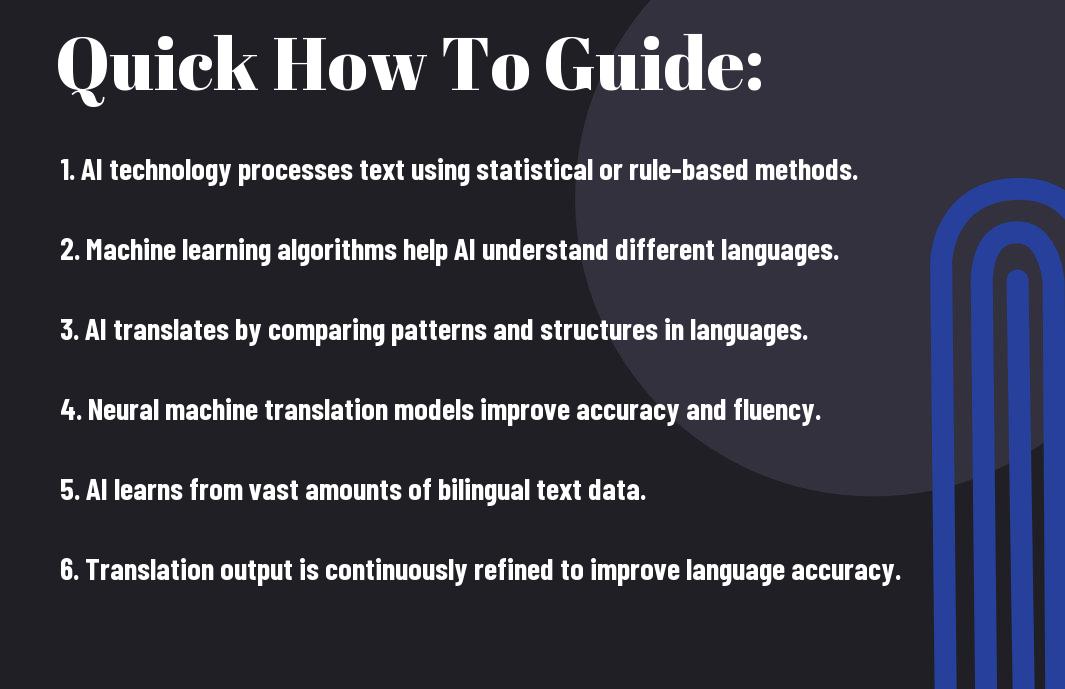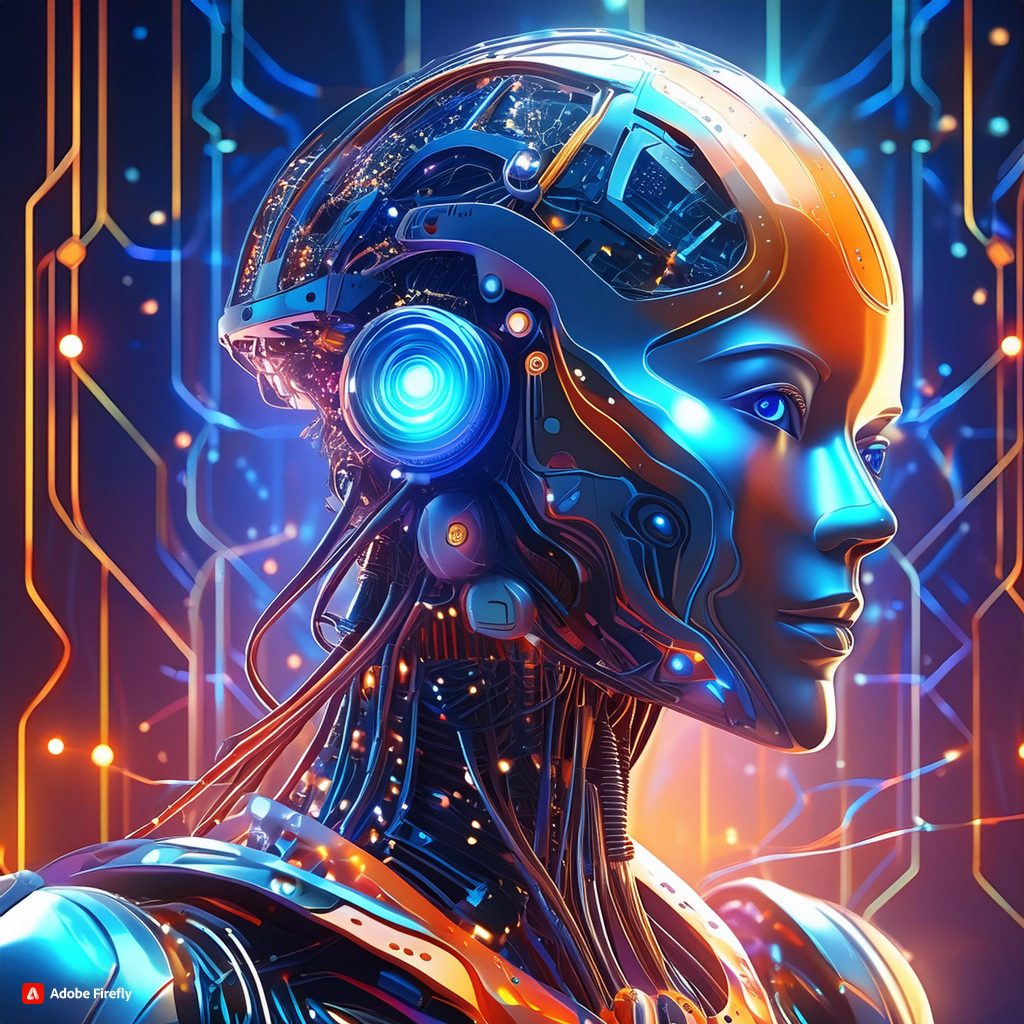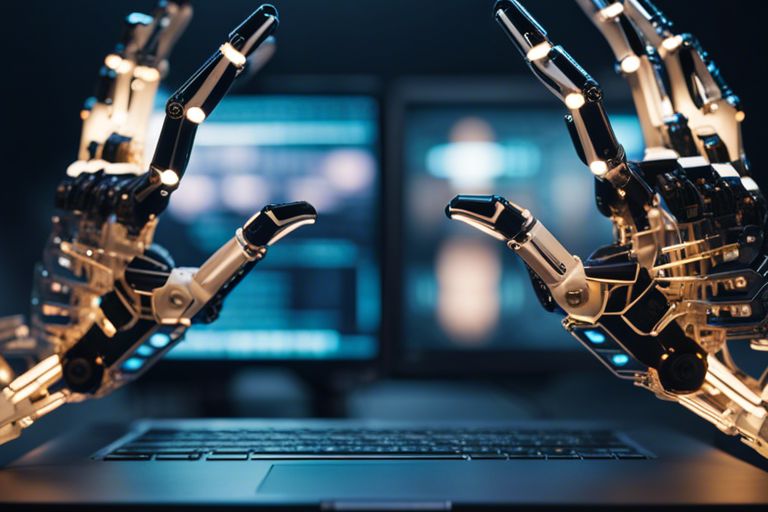How Does AI Technology Translate Languages Technology has revolutionized the way we communicate globally, especially when it comes to translating languages. In this blog post, I will explore how artificial intelligence (AI) technology is able to seamlessly translate languages and break down the process step by step. By the end of this post, you will have a better understanding of how AI makes multilingual communication easier and more efficient for you.
Table of Contents

How to Prepare for Language Translation with AI
Identify the Right AI Tool for Your Needs
Before venturing into language translation with AI, I recommend identifying the right tool for your specific needs. Consider factors such as the languages you’ll be working with, the level of accuracy required, and the features that are important to you.
Understand the Language Pair You Want to Translate
Translate- Before starting any language translation project with AI, it’s vital to have a good understanding of the language pair you want to translate. This includes examining the complexities, nuances, and linguistic differences between the two languages to ensure accurate results.
Plus, consider the specific dialects or regional variations that may impact the translation process. This understanding will help you choose the right AI tool and optimize your translation efforts.
Tips for Achieving High-Quality Translations
One of the key factors in achieving high-quality translations is to provide context for better accuracy. This can help the AI better understand the nuances of the language and produce more reliable translations.
Provide Context for Better Accuracy
Better accuracy in translations can be achieved by giving the AI more context about the content being translated. This includes information about the subject matter, any cultural references, and the intended audience.
Use Consistent Terminology Across Documents
An important aspect of achieving high-quality translations is to use consistent terminology across all your documents. This helps maintain clarity and avoids confusion in translations.
Translations can be more accurate and reliable when consistent terminology is used throughout all documents. This not only helps the AI technology but also ensures coherence and professionalism in your translations.

Leverage Human Oversight for Critical Content
Clearly, human oversight is crucial for ensuring the accuracy of translations, especially for critical content. While AI technology is advanced, human input is still necessary to catch nuances and ensure the quality of the final product.
This human oversight can help catch any errors or inaccuracies that the AI might have missed, ensuring that your translations are of the highest quality. By combining AI technology with human expertise, you can achieve the best possible results for your translations.
Factors Affecting AI Language Translation Accuracy
Not all language translations by AI are perfect. There are several factors that can affect the accuracy of the translation that AI provides.
Complexity of the Source Text
You may find that when the source text is complex, such as in legal or technical documents, AI translation may struggle to accurately convey the precise meaning due to nuances and specialized terminology.
Quality of the Training Data
Some AI translation models may not perform well if they were trained on low-quality or limited data. This can lead to inaccuracies, especially in translating uncommon or less frequently used languages.
Understanding the importance of using high-quality, diverse training data is crucial in improving the accuracy of AI language translation.
Domain-Specific Vocabulary and Jargon
On occasions when the text contains domain-specific vocabulary or jargon, AI may not have been specifically trained on that niche vocabulary, leading to suboptimal translation results.
Translation models fine-tuned with domain-specific data can better handle specialized language, ensuring more accurate translations in specific fields.
Final Words
Ultimately, AI technology has revolutionized the way languages are translated, making it quicker, more accurate, and accessible. As a language enthusiast, you can now easily communicate with people from all around the world, breaking down language barriers effortlessly. Embracing AI in language translation can truly open up a world of possibilities for you to connect, learn, and collaborate on a global scale.

